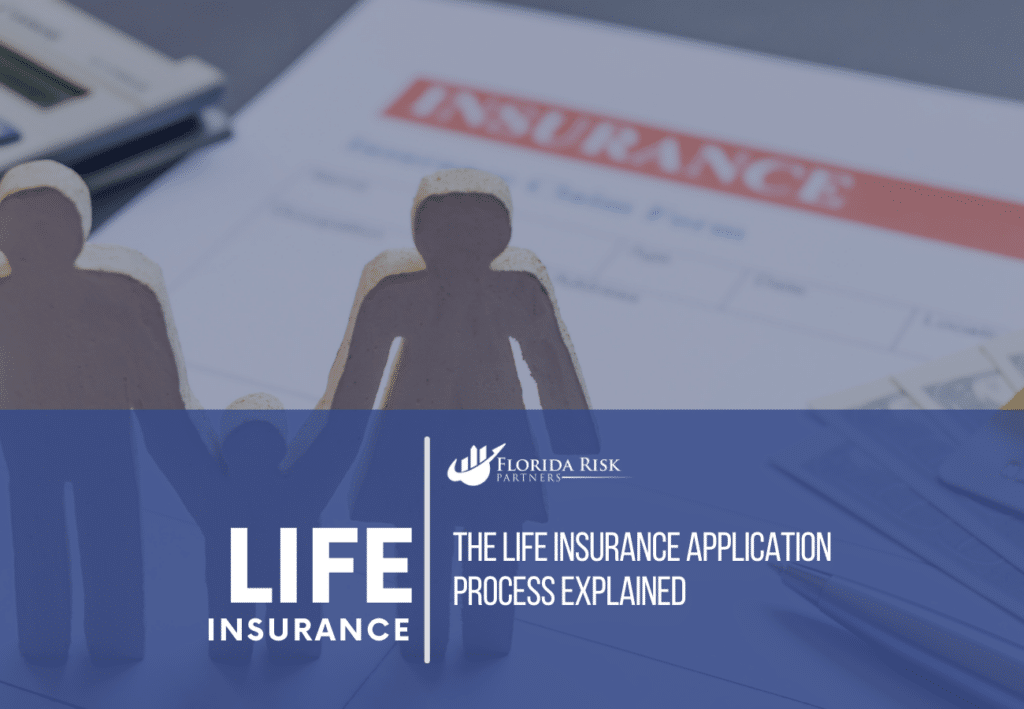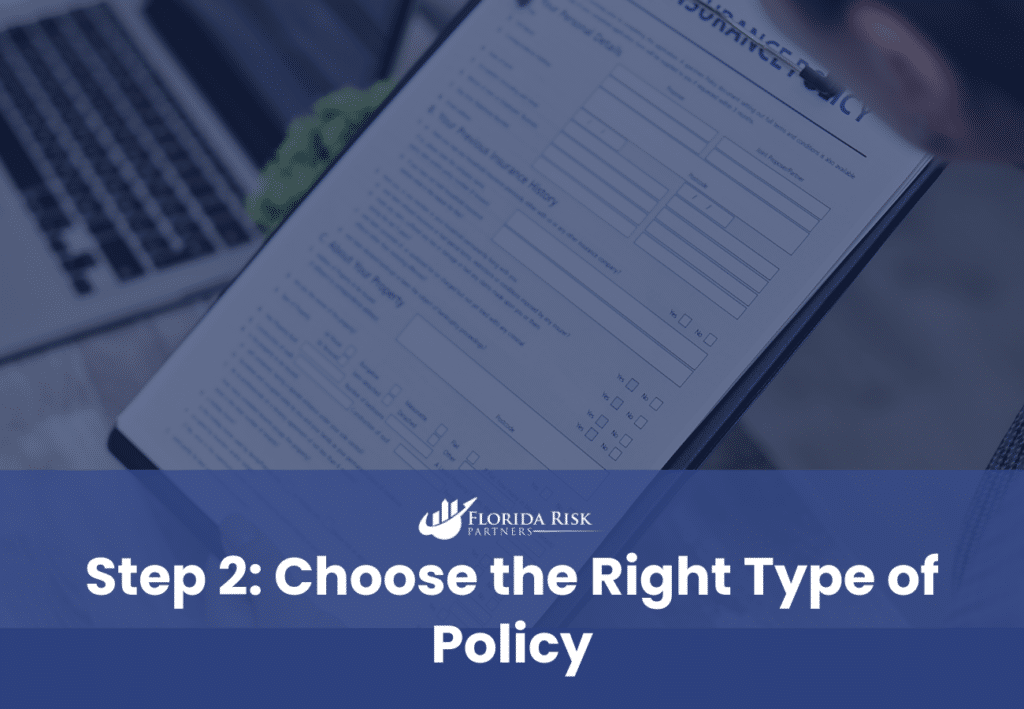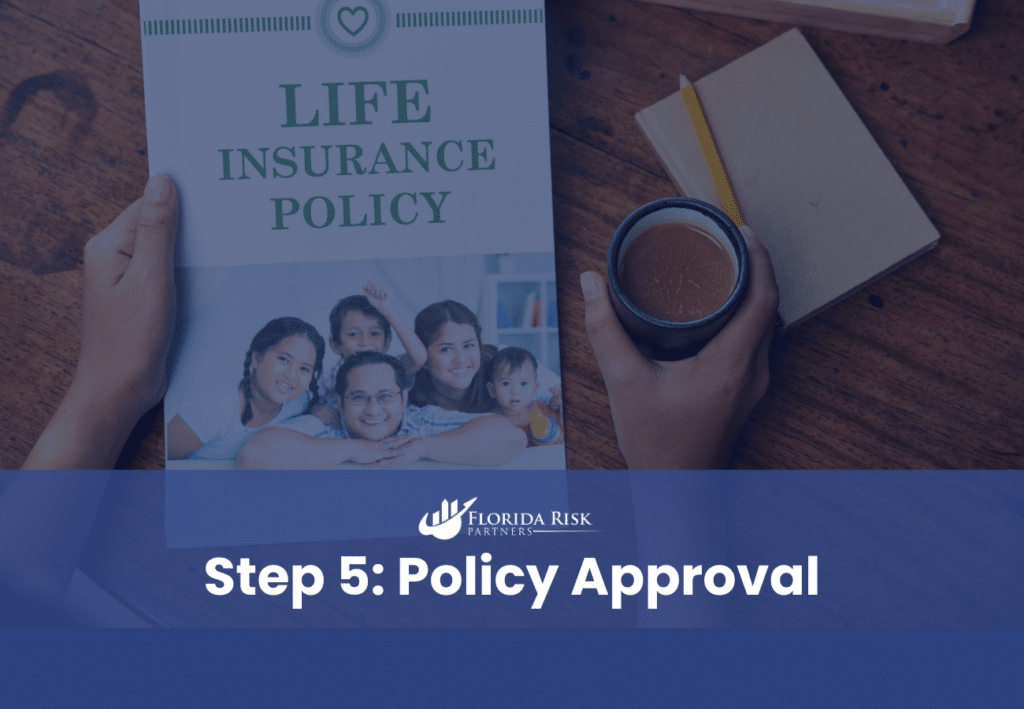-
Main Office: 1434 E. Bloomingdale Ave Valrico, FL 33596-6110
-
Phone: (888) 601-6660
-
Email: info@floridariskpartners.com

Applying for life insurance might seem daunting, but with a clear understanding of the process, it’s simpler than you think. Life insurance is one of the most important financial tools you can use to protect your loved ones, and the application process is designed to ensure you get the right coverage at the best rate.
In this guide, we’ll walk you through every step of the life insurance application process, from preparing your information to getting approved. By the end, you’ll know exactly what to expect and feel confident taking the next steps to secure your family’s financial future.
Why Understanding the Process Matters
Many people delay applying for life insurance because they’re unsure of what it entails. The truth is, the process is straightforward and designed to match you with the coverage that fits your needs and budget. Whether you’re purchasing term life insurance, whole life insurance, or another type, understanding the steps involved can save you time, reduce stress, and help you avoid surprises.
Step 1: Assess Your Coverage Needs
The first step in the application process is determining how much life insurance you need. This will depend on your financial responsibilities, future goals, and family’s needs.
How to Calculate Your Needs
Use the DIME formula to assess your coverage:
- Debt: Add up all your outstanding debts, such as loans or credit card balances.
- Income: Multiply your annual income by the number of years your family would need financial support.
- Mortgage: Include the balance of your home loan.
- Education: Estimate the cost of your children’s future education expenses.
Example: If you earn $75,000 annually, have $300,000 left on your mortgage, $20,000 in personal debt, and want to set aside $100,000 for your child’s education, you’d need at least $1,220,000 in coverage.
Step 2: Choose the Right Type of Policy
Once you’ve determined your coverage needs, the next step is choosing the type of policy that fits your goals. The two most common types are:
Term Life Insurance
- Provides coverage for a specific period, such as 10, 20, or 30 years.
- Affordable premiums with no cash value component.
- Ideal for temporary needs like income replacement or mortgage protection.
Anchor Text for SEO: Learn how term life insurance works.
Whole Life Insurance
- Offers lifelong coverage and includes a cash value component.
- Higher premiums but provides savings and investment benefits.
- Best for long-term goals like legacy building or estate planning.

Step 3: Gather the Necessary Information
To apply for life insurance, you’ll need to provide personal, financial, and health information. This helps insurers assess your risk and determine your premiums.
What You’ll Need:
- Personal Information: Name, date of birth, address, and Social Security number.
- Financial Information: Income, occupation, and net worth.
- Health History: Details about your medical history, medications, surgeries, and any pre-existing conditions.
- Lifestyle Details: Information about your smoking status, hobbies, and activities (e.g., skydiving or scuba diving).
Pro Tip: Being honest and accurate is essential. Misrepresenting information can lead to claim denials later.
Download our Complimentary Buyer’s Guide
Step 4: Underwriting and the Medical Exam
Underwriting is the process insurers use to assess your risk level and determine your eligibility and premiums. For most policies, this involves a medical exam, but there are exceptions.
The Medical Exam
The medical exam is similar to a routine checkup and is typically scheduled at your convenience. A licensed professional will:
- Measure your height, weight, and blood pressure.
- Take a blood sample to check for conditions like high cholesterol or diabetes.
- Collect a urine sample to test for nicotine, drug use, and other health indicators.
No-Medical-Exam Policies
If you prefer to skip the medical exam, you can opt for simplified issue or guaranteed issue policies. These policies typically have higher premiums and lower coverage amounts but offer faster approval.
Step 5: Policy Approval
After your medical exam (if required), the insurer will evaluate your application and medical results. This process can take anywhere from a few days to a few weeks, depending on the complexity of your case.
What Happens During Underwriting?
- The insurer reviews your medical records, lifestyle habits, and family health history.
- Risk factors like smoking, dangerous hobbies, or chronic conditions may lead to higher premiums.
- Once underwriting is complete, you’ll receive an offer that includes your coverage amount, premium, and policy terms.
What If You’re Denied?
If your application is denied, don’t worry—there are still options. You can:
- Reapply with another insurer.
- Opt for a no-medical-exam policy.
- Work with an agent to find a policy tailored to your health situation.

Step 6: Reviewing and Accepting Your Policy
Once your application is approved, you’ll receive your policy documents outlining the coverage details, premiums, and terms. It’s essential to review this information carefully to ensure it aligns with your expectations.
Key Elements to Check:
- Coverage Amount: Is it enough to meet your financial goals?
- Premiums: Are they affordable within your budget?
- Riders: Have optional add-ons like accelerated death benefits or waiver of premiums been included?
Step 7: Paying Your Premiums
Your policy becomes active once you pay your first premium. Most insurers offer flexible payment options, including monthly, quarterly, or annual payments.
Tips for Managing Premiums:
- Set up automatic payments to avoid lapses in coverage.
- Opt for annual payments if possible, as they may include a discount.
Step 8: Keep Your Policy Up to Date
Life changes, and so do your insurance needs. Regularly reviewing your policy ensures it continues to meet your goals as your circumstances evolve.
When to Review Your Policy:
- After major life events like marriage, having children, or buying a home.
- If your financial situation changes, such as a promotion or inheritance.
- Every few years to account for inflation and updated goals.
Final Thoughts
Applying for life insurance doesn’t have to be complicated. By understanding each step of the process, you can navigate it with confidence and secure the coverage your family needs. From assessing your needs and gathering information to completing underwriting and activating your policy, the journey is straightforward and rewarding.
To learn more about life insurance and explore how to choose the best policy for your situation, download our free eBook today. It’s packed with valuable insights and practical advice to help you make informed decisions.
Don’t wait—start the application process today and protect what matters most.
Call Us Or
Schedule an Appointment
Select an agent below to view our online calendars and select a day and time that works best for you or call us directly at 888-601-6660. When you use our online calendars, you will receive an email with more information.



